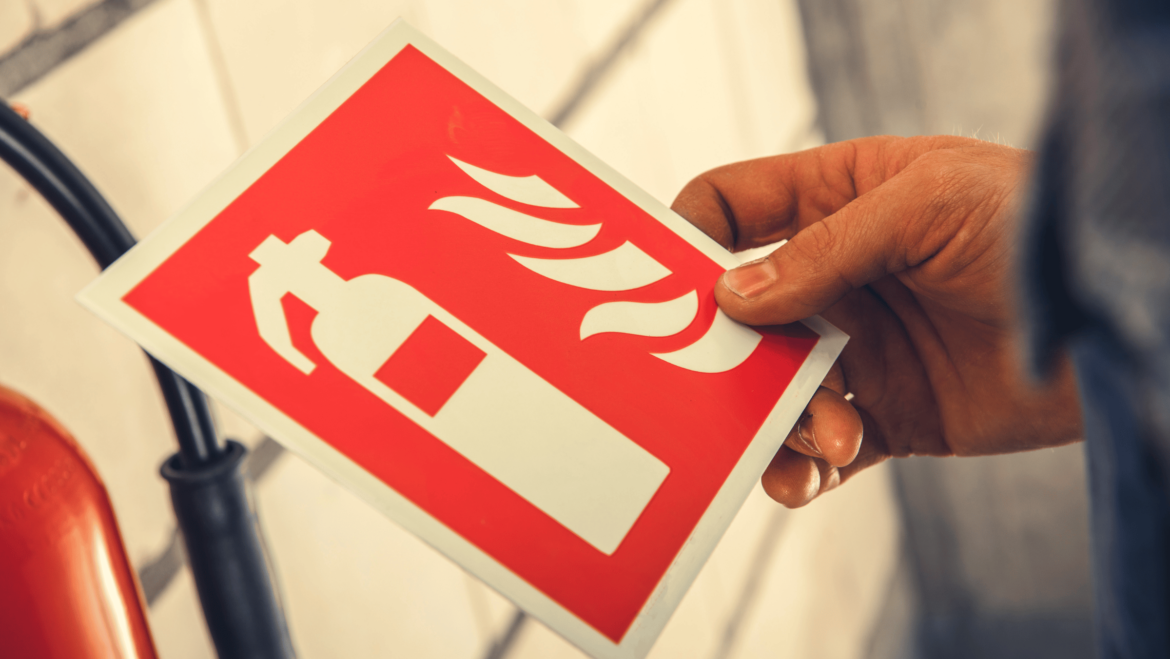Emergency Supplies Checklist
A Comprehensive Guide by the Roosevelt Fire Department
Emergencies can strike at any moment, often with little to no warning. From natural disasters like earthquakes and floods to man-made crises such as power outages and fires, the unpredictability of these events underscores the necessity of being prepared. This guide, brought to you by the Roosevelt Fire Department, aims to provide you with a detailed emergency supplies checklist to ensure you and your loved ones remain safe and well-equipped in any situation.
Understanding Emergencies
Emergencies come in various forms, each presenting unique challenges and dangers. Being prepared means understanding these potential emergencies and their impacts on your daily life. This knowledge forms the foundation of an effective emergency preparedness plan.
Basic Needs
Water
Water is life. In emergencies, having a sufficient water supply is crucial. Store at least one gallon of water per person per day for at least three days, for drinking and sanitation.
Food
Stockpile at least a three-day supply of non-perishable food items. Choose foods that require no refrigeration, minimal or no preparation, and little or no water.
Shelter and Comfort
Keep a supply of blankets, sleeping bags, and warm clothing to maintain body heat and comfort during power outages or in situations where heating may be unavailable.
Health and Safety
First Aid Kit
A well-stocked first aid kit is a must-have in any emergency supplies checklist. Ensure it includes bandages, antiseptics, a thermometer, pain relievers, and prescription medications.
Hygiene Supplies
Maintain a stock of personal hygiene products such as soap, toothpaste, sanitary napkins, diapers, and hand sanitizer to prevent the spread of infections.
Personal Protective Equipment
Include masks, gloves, and goggles to protect against dust, debris, and possible pathogens.
Communication and Power
Communication Tools
Keep battery-powered or hand-crank radios and a fully charged portable charger to stay informed about emergency instructions and updates.
Power Sources
Consider alternative power sources like solar chargers, batteries, and generators to keep essential devices operational.
Special Considerations
For Pets
Remember your furry friends by storing a supply of pet food, water, and other pet care essentials.
For Children
Kids’ needs are unique, so include items like formula, bottles, diapers, and comfort items like toys and books.
For the Elderly or Disabled
Prepare for the needs of elderly or disabled family members by including extra medications, specific dietary foods, and any necessary medical equipment.
Assembling Your Kit
Start by gathering the basic supplies listed and expand your kit based on the specific needs of your household. Remember, preparedness starts with you but extends to the entire community.
Maintenance and Storage
Regularly check your supplies to ensure they are in working order and have not expired. Store your emergency kit in a cool, dry place that is easily accessible during an emergency.
Conclusion
Preparing for emergencies is a critical responsibility for every household. By following this comprehensive checklist, you can ensure that you and your loved ones remain safe and well-prepared for any eventuality. Remember, the time to prepare is now, before an emergency strikes. Stay safe and ready, from all of us at the Roosevelt Fire Department.
FAQs
- How often should I update my emergency supplies?
Update your supplies at least once a year to ensure food and medications have not expired and to replace used or outdated items. - How much water should I store for my family?
Store at least one gallon of water per person per day, aiming for a supply that lasts at least three days. - What are some essential items for my pet’s emergency kit?
Essential items include pet food, water, a leash, a carrier, and any necessary medications. - Can I prepare an emergency kit on a budget?
Yes, start with the basics and gradually build your kit. Look for sales and buy in bulk where possible. - Where should I store my emergency kit?
Store your kit in a location that is easily accessible in an emergency, such as near an exit or in a designated storage area.


Add Comment